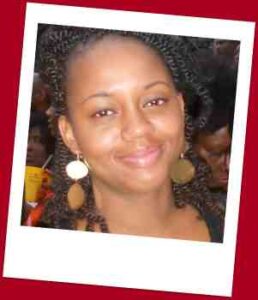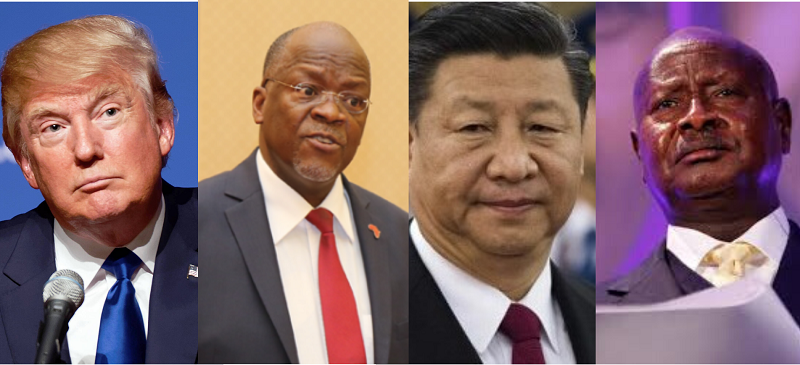Correspondence: Inside Trinidad’s first ‘living’ art museum
March 27The man behind a beautiful museum in Cascade, Trinidad, is on a personal mission to preserve the island’s culture, writes 23-year-old Arianne St Louis from the town of Diego Martin.
 The De Legacy-House of El Tucuche is a museum located in Wellsprings, Cascade, Trinidad, owned by the Elder Chief Ifá Ojé Won Yomi Abiodun, better known as Leroy Clarke.
The De Legacy-House of El Tucuche is a museum located in Wellsprings, Cascade, Trinidad, owned by the Elder Chief Ifá Ojé Won Yomi Abiodun, better known as Leroy Clarke.
The three and a half level mansion is painted in pumpkin orange with blue accents and boasts scenic views of both Cascade and Port of Spain.
Its spacious interior has lofty ceilings and bright walls painted in the colours typical of Orisha tradition (yellow, blue, red and green). Inside it exhibits various African craft, several glass and ceramic pieces and has wooden benches and comfortable sofas for lounging.
The House of El Tucuche is surrounded by an array of flora (Bougainvillea, Ixzora, Orchids and Xenias to name a few) and fauna such as fowls, as well as aquariums.
As you approach the House of El Tucuche you are greeted by a tall staircase that resembles a medium sized hill. Once you ascend to the first 39 steps you should prepare yourself for two more similar flights of stairs per level.
“Thirty Nine Steps is the title of the first book I ever read,” says Clarke. “The book was a part of my mother’s collection.” Before he became a master artist, poet, author, teacher and mentor, Clarke was “the apple of Ellen Clarke’s eye”. As such De Legacy is dedicated to his mother’s memory.
The philosophy upon which De Legacy is founded is as multidimensional as its structure. The fundamental theme of the House of El Tucuche, according to Clarke, “is to preserve my work and also to make them accessible for study and research.
“[Unfortunately] our people are not archival bent, neither are we concerned as to how we be viewed by posterity. Simply put, we are not a very caring people. We have failed to preserve the best of ourselves.”
Clarke has created a place from which to exhibit and sell his work, as well as pass on his legacy to future generations. He claims that the “space simultaneously functions as a medium, which he hopes, will permit dialogue aimed at encouraging exchanges between icons and aspiring thinkers.”
De Legacy is a testament to Clarke’s toils, which took approximately forty-seven years of practice to perfect and still show no signs of slowing down. He is indeed a self-made man whose success can be solely attributed to his work ethic and dedication in pursuit of perfection.
Although the vernacular in his poetry and books makes it difficult for him to be embraced by the masses, for the few who make the effort to “appreciate the reality” he conveys in his work, they have benefited from his knowledge.
As Clarke celebrates his 72nd birthday, he has chosen to name his new palace after the second highest mountain in Trinidad.
“El Tucuche is a symbol of man’s redemption” and Clarke has embarked upon a journey few can comprehend. Ultimately, the construction of De Legacy assures Clarke’s place in the history of Trinidad’s culture and aesthetics.



